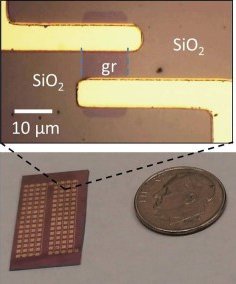The NSF awards $1.7 million for the UCR to find new 2D Van Der Waals materials
The National Science Foundation (NSF) awarded a $1.7 million grant to the University of California, Riverside (UCR) towards a project that aims to characterize, analyze and synthesize a new class of ultra-thin (mostly 2D) film materials.
The project aims to develop Van Der Waals materials, and heterostructures implemented with such materials. The researchers aim to start with new synthesis techniques that will allow them to produce new materials, and then to investigate novel electrical, optical, and thermal phenomena in such materials and heterostructures.

